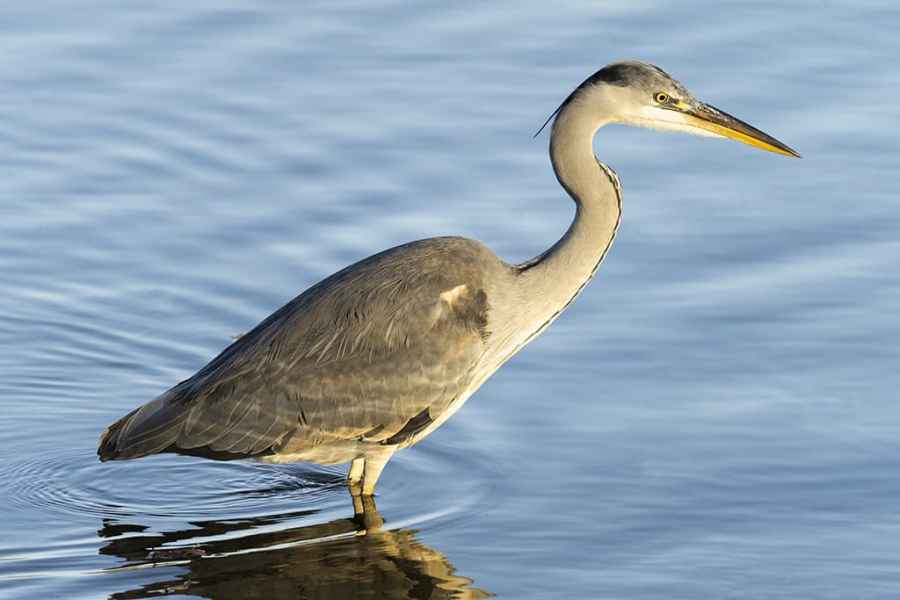It doesn’t matter if you’re a newbie to nature and wildlife photography, an enthusiast honing their skills, or a seasoned professional who is a master of their craft – choosing the right lens for the type of images you’d like to take is crucial. The saying ‘it’s more about the lens than the camera’ is particularly relevant to this popular genre of photography, but with so many lenses out there and so much money at stake, it can be difficult to know what to choose.
The different types of wildlife lenses
In this guide we’ve broken down our selection of the finest lenses for nature and wildlife photography into five different categories, with prices ranging from the more affordable end of the spectrum right through to expensive fixed-focal-length primes. In addition to covering some of the best macro lenses for those who enjoy specialising in close-up photography, we’ve recommended our favourite telephoto lenses that offer a versatile zoom range, as well as those that offer more extensive coverage for times when you’d like to fill the frame with your subject to increase visual impact.
Whether you’re photographing insects in your back garden, birds from a local hide, or a pride of lions on safari in the Masai Mara, rest assured there’s a lens in this round-up that’s right for you.
Macro lenses for nature photography
Macro lenses allow us to photograph subjects in extreme close-up and by choosing one that offers a magnification of 1:1 we’re given the opportunity of capturing subjects at life-size. In layman’s terms this means the size of a subject is projected onto the sensor at the exact same size it appears in real life.

Laowa produces macro lenses that offer twice life-size reproduction for less than £500 Fujifilm X-T3, Laowa 65mm f/2.8 2x Ultra Macro, 1/350sec at f/2.8, ISO 3200
Popular macro lenses are ones that have a 35mm equivalent focal length of 90-105mm, which allow us to shoot within a comfortable distance of subjects like insects without frightening them away. Choose a macro lens with a shorter focal length and there’s risk of disturbing a subject or obscuring the light that’s falling on it, creating unwanted shadow.
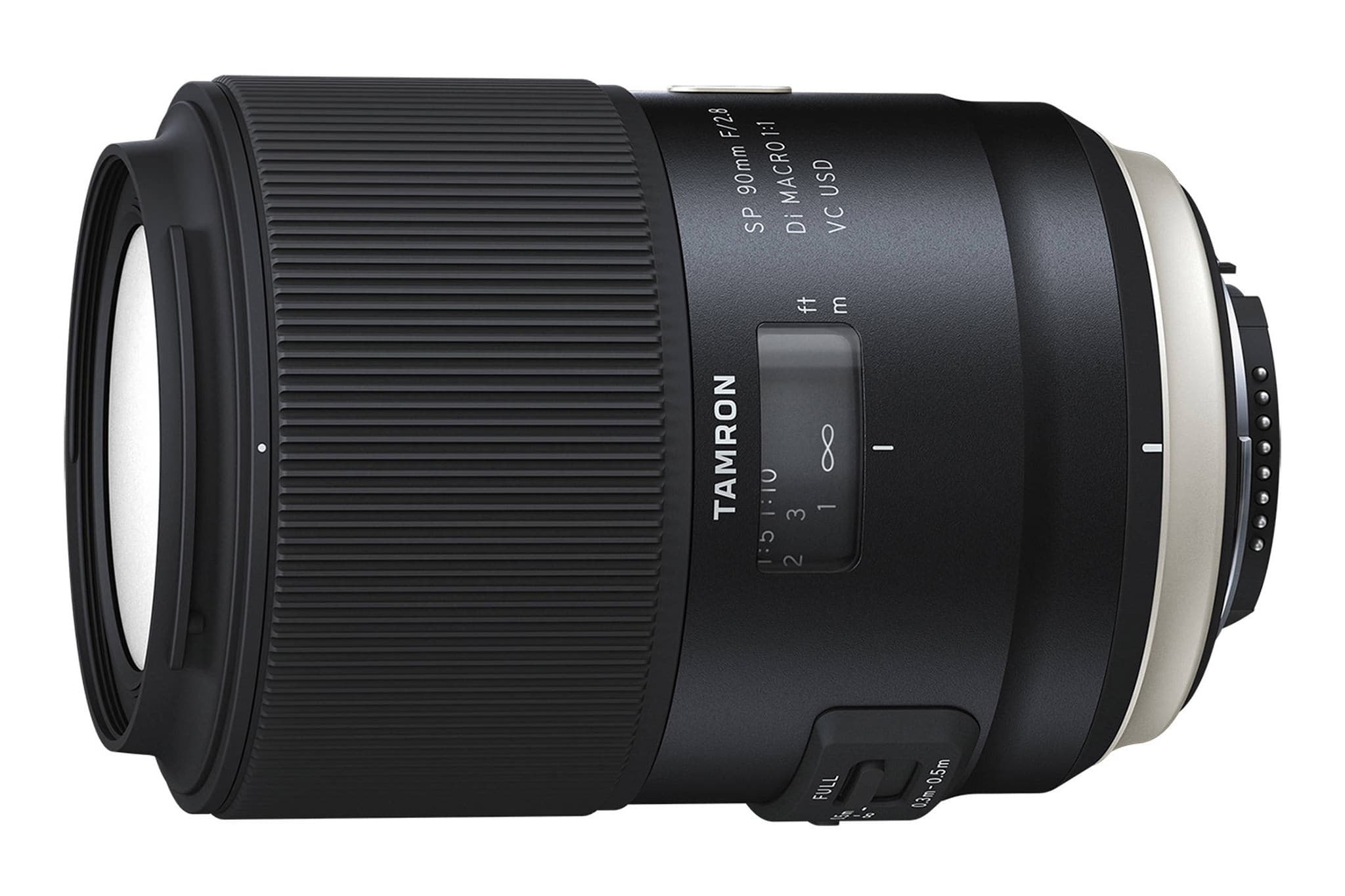
The Tamron SP 90mm F/2.8 Di VC USD (£649) makes a fine full-frame choice and boasts a moisture and dust-resistant construction.

A cheaper option is the older, yet reliable, Sigma 105mm f/2.8 Macro EX DG OS HSM (£359). Though not weather-sealed, it has optical stabilisation and is available in Canon EF and Nikon F mounts like its Tamron rival.
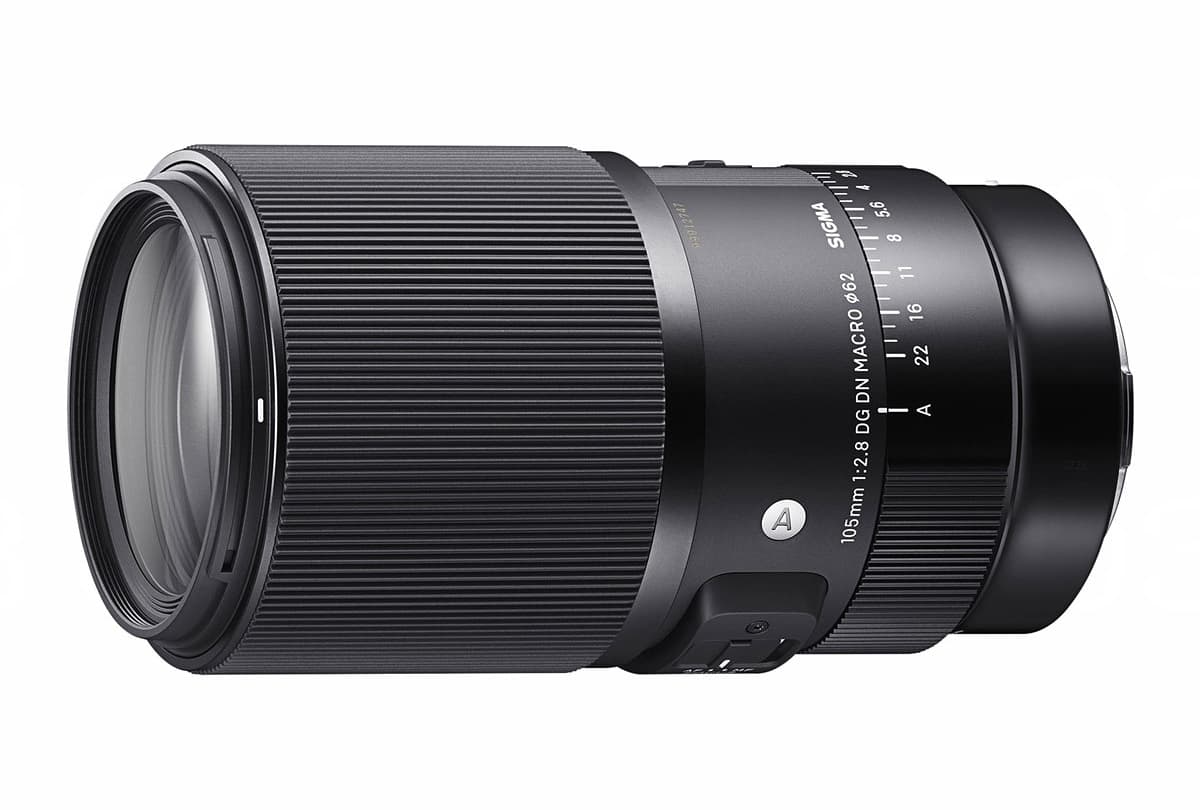 Owners of E-mount and L-mount cameras are well served by Sigma too. The Sigma 105mm F2.8 DG DN Macro Art (£699) offers an aperture ring that can be de-clicked, a customisable AFL button on the barrel and an HSM motor for smooth and silent autofocus operation.
Owners of E-mount and L-mount cameras are well served by Sigma too. The Sigma 105mm F2.8 DG DN Macro Art (£699) offers an aperture ring that can be de-clicked, a customisable AFL button on the barrel and an HSM motor for smooth and silent autofocus operation.
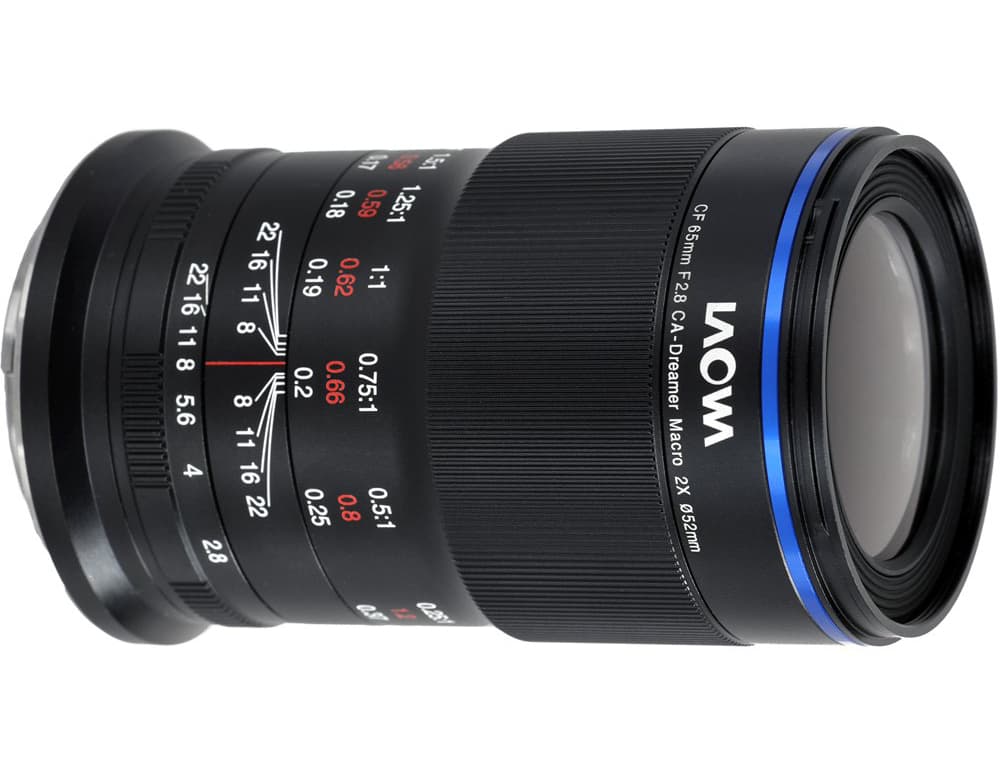 If you’d like to shoot more detailed close-ups than the lenses already listed, Laowa’s 100mm f/2.8 2:1 Ultra Macro APO (£469) for full-frame cameras makes a top choice and provides twice life-size reproduction. Better still, the firm makes a scaled-down 65mm f/2.8 (£409) version for Fujifilm X, Sony E and Leica L mounts and a small 50mm f/2.8 (£409) version for Micro Four Thirds.
If you’d like to shoot more detailed close-ups than the lenses already listed, Laowa’s 100mm f/2.8 2:1 Ultra Macro APO (£469) for full-frame cameras makes a top choice and provides twice life-size reproduction. Better still, the firm makes a scaled-down 65mm f/2.8 (£409) version for Fujifilm X, Sony E and Leica L mounts and a small 50mm f/2.8 (£409) version for Micro Four Thirds.
Affordable telephoto zooms for nature
If you haven’t attempted wildlife photography before, but fancy giving it a try and would like to get closer to distant subjects than your kit zoom allows, you needn’t spend thousands of pounds to pick up a great telephoto lens. Thankfully, camera and lens manufacturers understand the importance of providing a broad selection of telephoto lenses in their lineups to meet all consumers’ budgets and needs.

Tamron’s 70-300mm is one of the smallest telephoto zoom lenses available for Sony full-frame mirrorless cameras Sony A7R IV, Tamron 70-300mm F/4.5-6.3 Di III RXD, 1/400sec at f/5.6, ISO 100
The lenses we’ve picked out all cost well under £1,000, and as is the case with most telephoto zooms, they all have what’s known as a variable aperture. Essentially this means they allow you to use a wider and faster aperture at the shorter end of the focal length than at the longer end.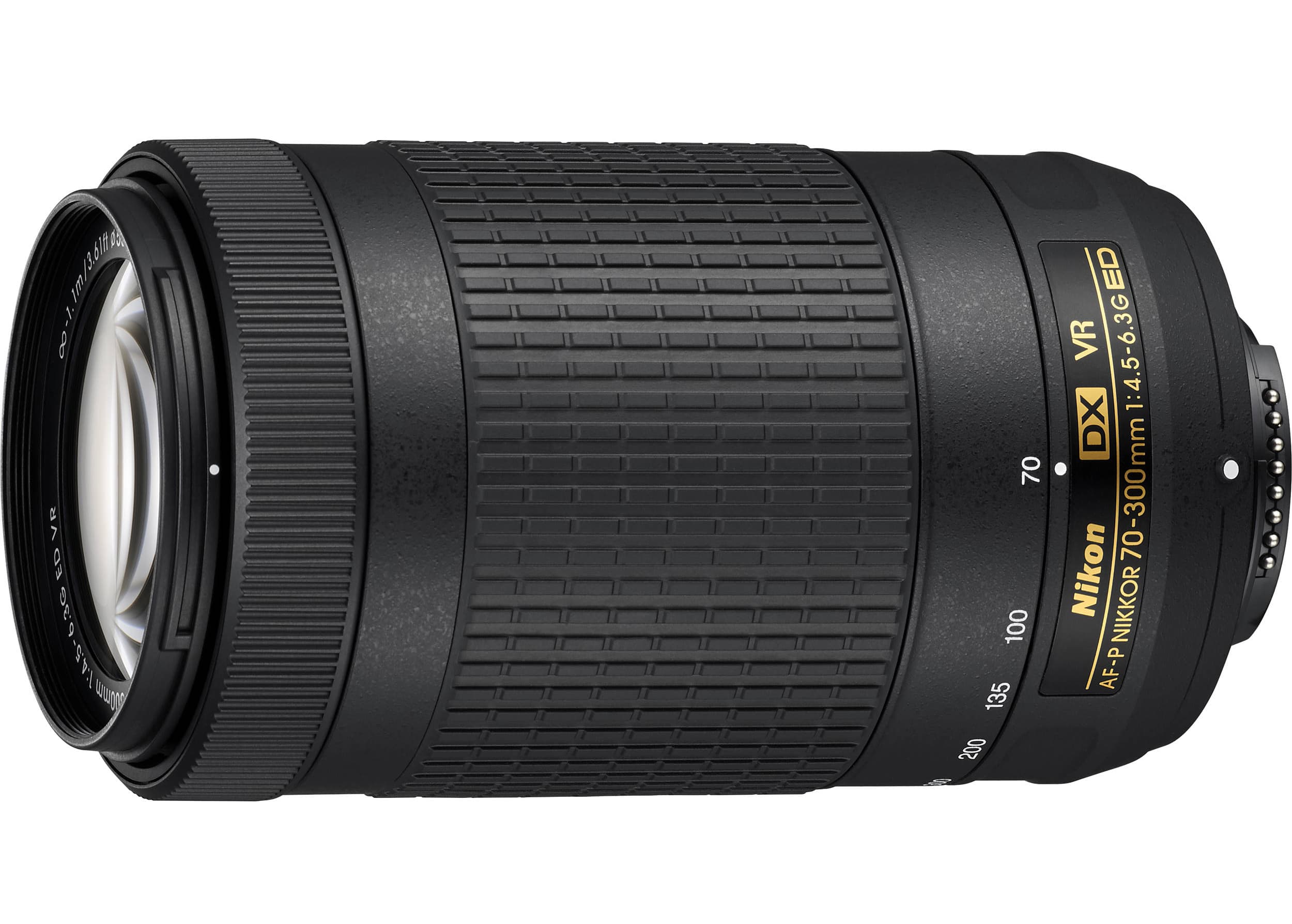 Nikon’s AF-P DX 70-300mm f/4.5-6.3 G ED VR (£339) is compatible with D3000 series cameras from the D3300 onwards, D5000 series from the D5200 onwards and D7000 series from the D7100 onwards, not forgetting the D500.
Nikon’s AF-P DX 70-300mm f/4.5-6.3 G ED VR (£339) is compatible with D3000 series cameras from the D3300 onwards, D5000 series from the D5200 onwards and D7000 series from the D7100 onwards, not forgetting the D500.
It’s equivalent to 105-450mm and benefits from vibration reduction to keep handheld shots at full telephoto sharp – an essential feature the cheaper Nikon AF-P DX 70-300mm f/4.5-6.3 G ED (£289) doesn’t have.

Canon APS-C DSLR users might like to opt for the EF-S 55-250mm f/4-5.6 IS STM (£309), giving an 88-400mm equivalent range.

Users of Micro Four Thirds are well served by the Panasonic 45-200mm F4.0-5.6 II G Vario Power OIS. This has a similar equivalent focal length (90-400mm) to the Canon lens.

Sony full-frame users who’d like a compact, lightweight and durable telephoto lens should take a look at the Tamron 70-300mm F/4.5-6.3 Di III RXD (£649). As well as being moisture-resistant, it focuses with 1.5m at 300mm and is equipped with Tamron’s Rapid eXtra-silent stepping Drive for fast and silent autofocus.
Versatile telephoto zooms for nature
Some of the most popular lenses for wildlife photography are those that cover a focal length range that’s equivalent to 100-400mm. The attraction of this focal length is that one minute you can be shooting animals or birds within relatively close range, then with a short, sharp twist of the zoom ring you can home in on a more distant subject that may have only just entered the vicinity, or vice versa.
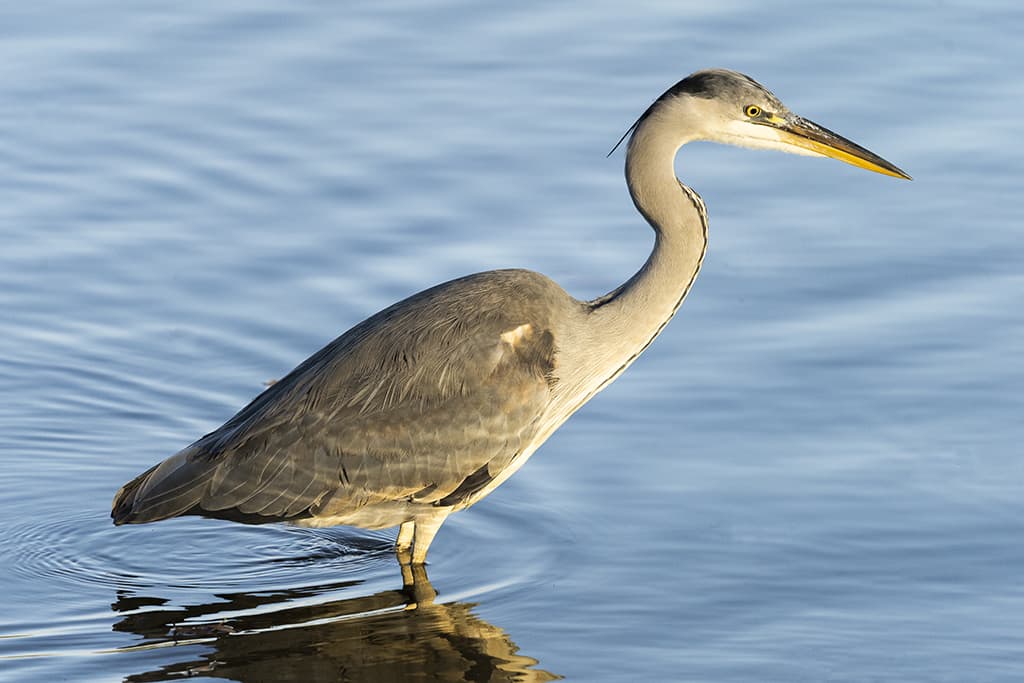
Versatile telephoto lenses cost more than affordable telezooms, but typically offer longer reach and superior optical quality. Sony A7 III, Sigma 100-400mm F5-6.3 DG DN OS Contemporary, 1/2000sec at f/6.3, ISO 1600
They’re particularly useful for wildlife adventures such as safaris where sometimes (if you’re one of the lucky ones) you can find yourself photographing subjects from less than a few metres away and other times you might only get a fleeting glimpse from distance. Having a telephoto lens that provides a versatile zoom coverage also saves the hassle of changing lenses in the field, which could possibly result in a missed shot or spook your subject.
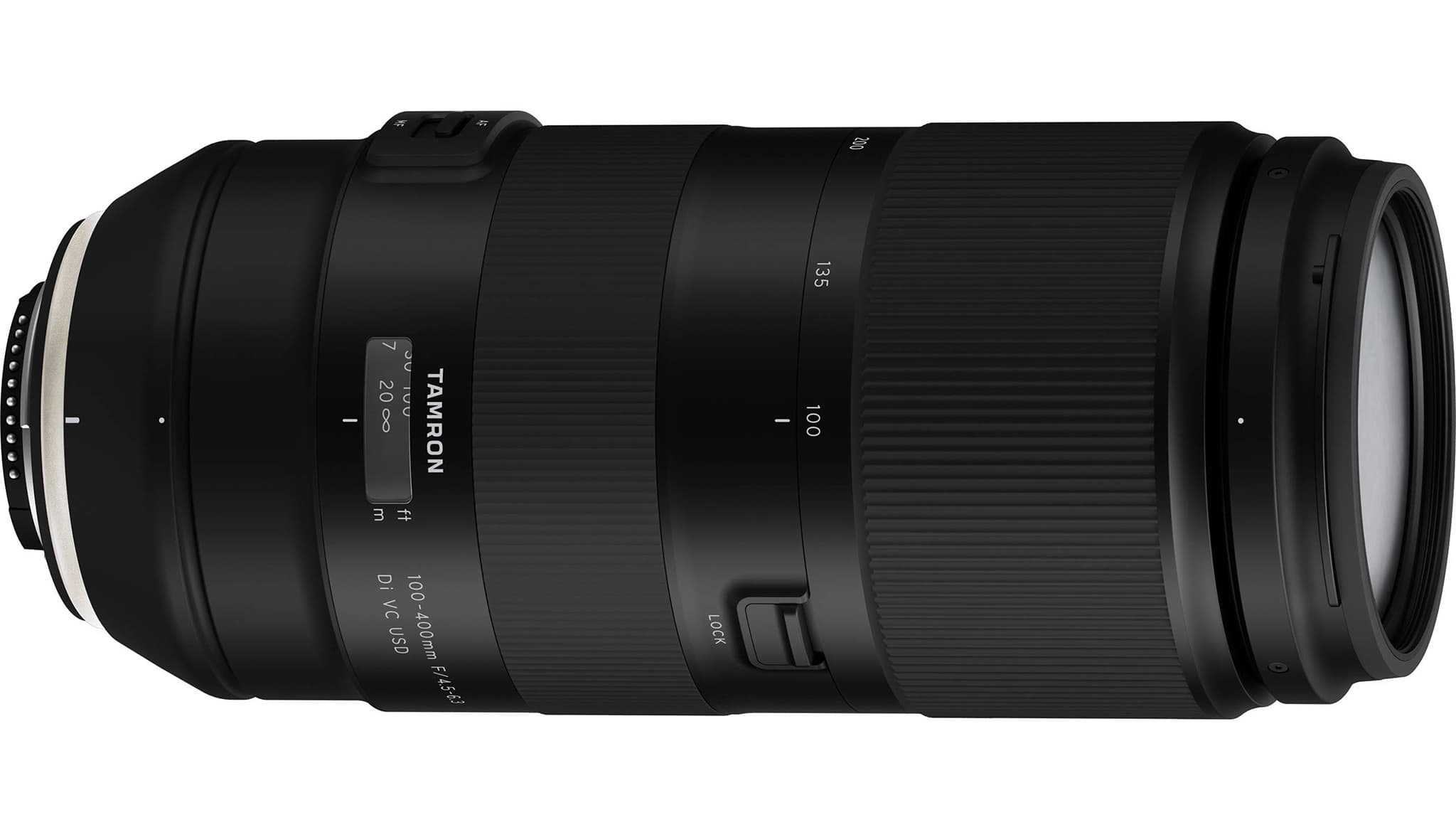
At around £699 the Tamron 100-400mm F/4.5-6.3 Di VC USD is highly recommended for Canon and Nikon DSLR users. Not only is it compatible with full-frame and APS-C DSLRs, it can be used with Tamron’s 1.4x teleconverter to further extend the focal length and is supplied with an easily detachable tripod mount.
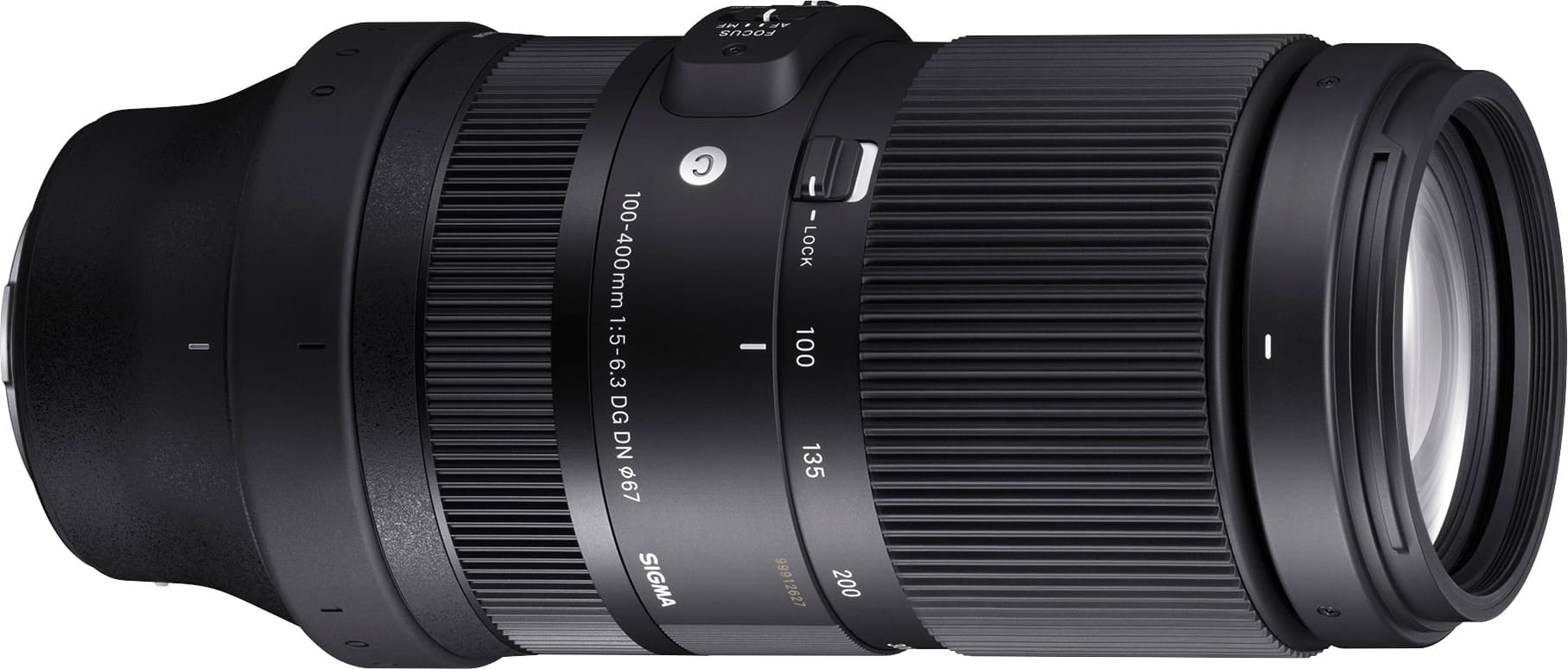
Owners of E-mount and L-mount cameras also have an excellent third-party option available in the form of the Sigma 100-400mm F5-6.3 DG DN OS Contemporary (£899). The level of sharpness it resolves at full telephoto is remarkably impressive for a zoom so compact and the lens hood is designed in such a way you can operate the zoom using the push/pull method.
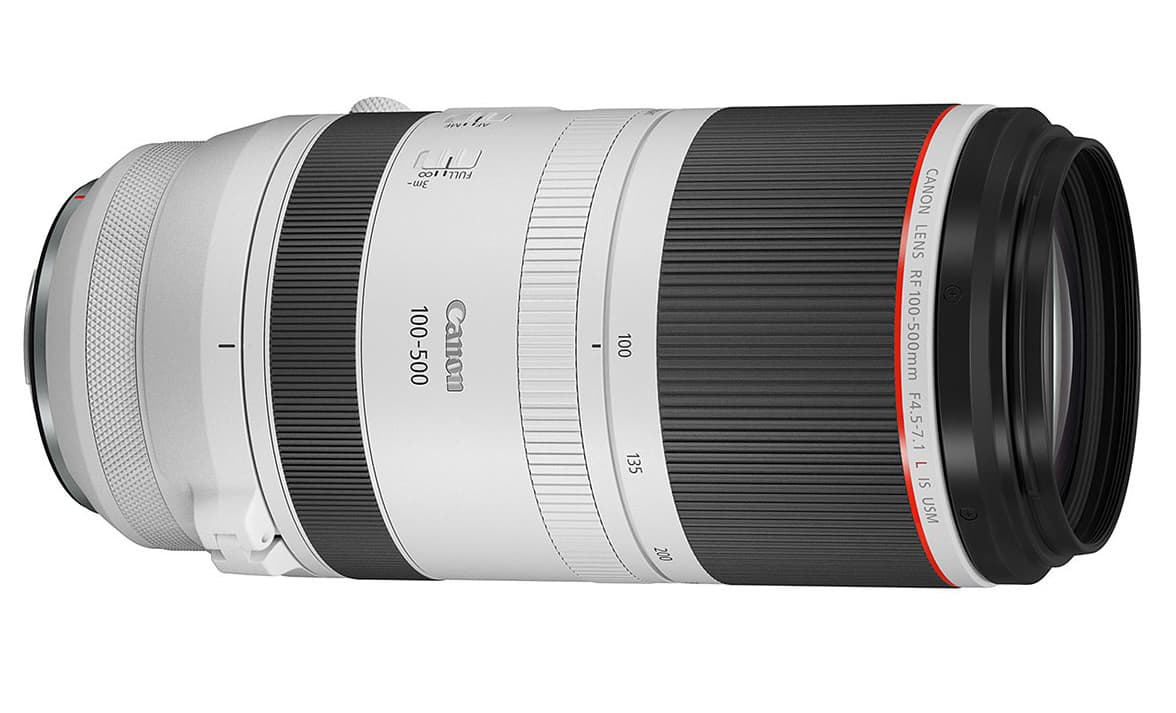 Canon users who’ve transitioned to the EOS R system will aspire to own the RF 100-500mm F4.5-7.1 L IS USM (£2,899). It’s not cheap and has a slow maximum aperture of f/7.1 beyond 450mm, but returns sensational images and provides up to six stops of correction with the EOS R6 and EOS R5 that feature in-body image stabilisation.
Canon users who’ve transitioned to the EOS R system will aspire to own the RF 100-500mm F4.5-7.1 L IS USM (£2,899). It’s not cheap and has a slow maximum aperture of f/7.1 beyond 450mm, but returns sensational images and provides up to six stops of correction with the EOS R6 and EOS R5 that feature in-body image stabilisation.
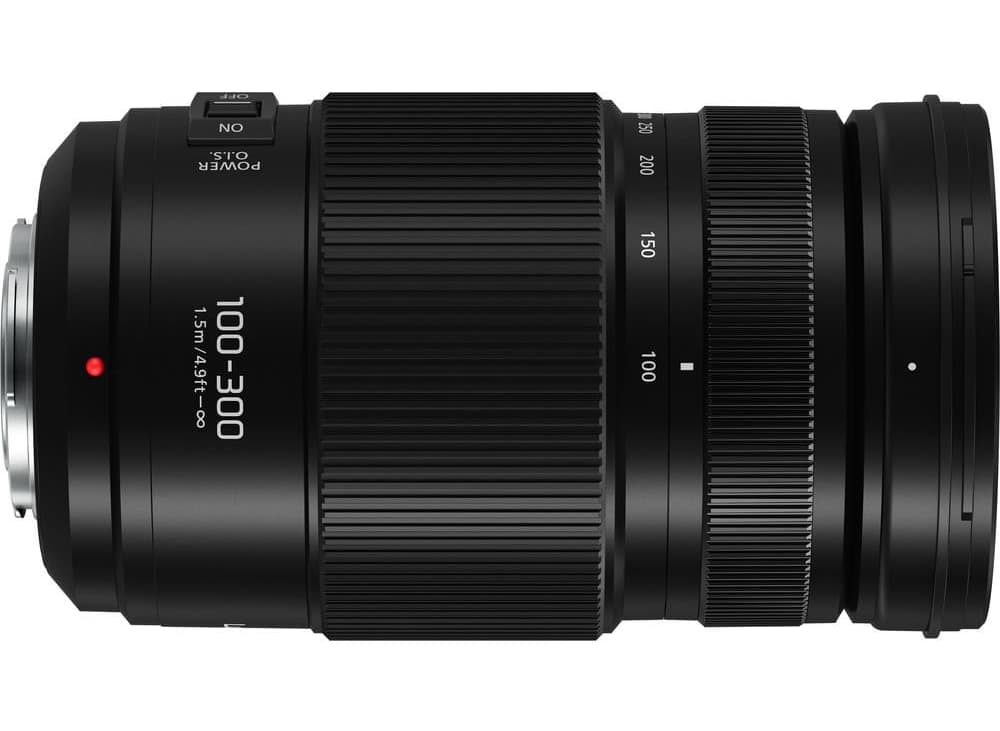
Meanwhile, Micro Four Thirds photographers in search of a versatile zoom for under £500 shouldn’t dismiss the Panasonic Lumix 100-300mm F4-5.6 II G Vario lens (£487), which has a longer reach and is effectively a 200-600mm lens.
Extensive telephoto zooms for nature
If a telephoto zoom covering an equivalent focal range of 100-400mm doesn’t get you as close to your subjects as you’d like, you’ll want to consider a lens with a broader zoom range. In this round-up we’ve identified these lenses as extensive telephoto zooms, which typically offer a focal length up to 600mm and beyond and give us a better chance of capturing shots of wildlife that can get perturbed by our presence.

Extensive telephoto zooms with variable apertures can force you to raise the sensitivity fairly high to freeze erratic moving subjects. Sony A7R IV, Sony FE 200-600mm F5.6-6.3 G OSS, 1/3200sec at f/5.6, ISO 1600
Fujifilm doesn’t make many extensive telephoto zooms in X-mount, but the one it does is a mighty fine example.
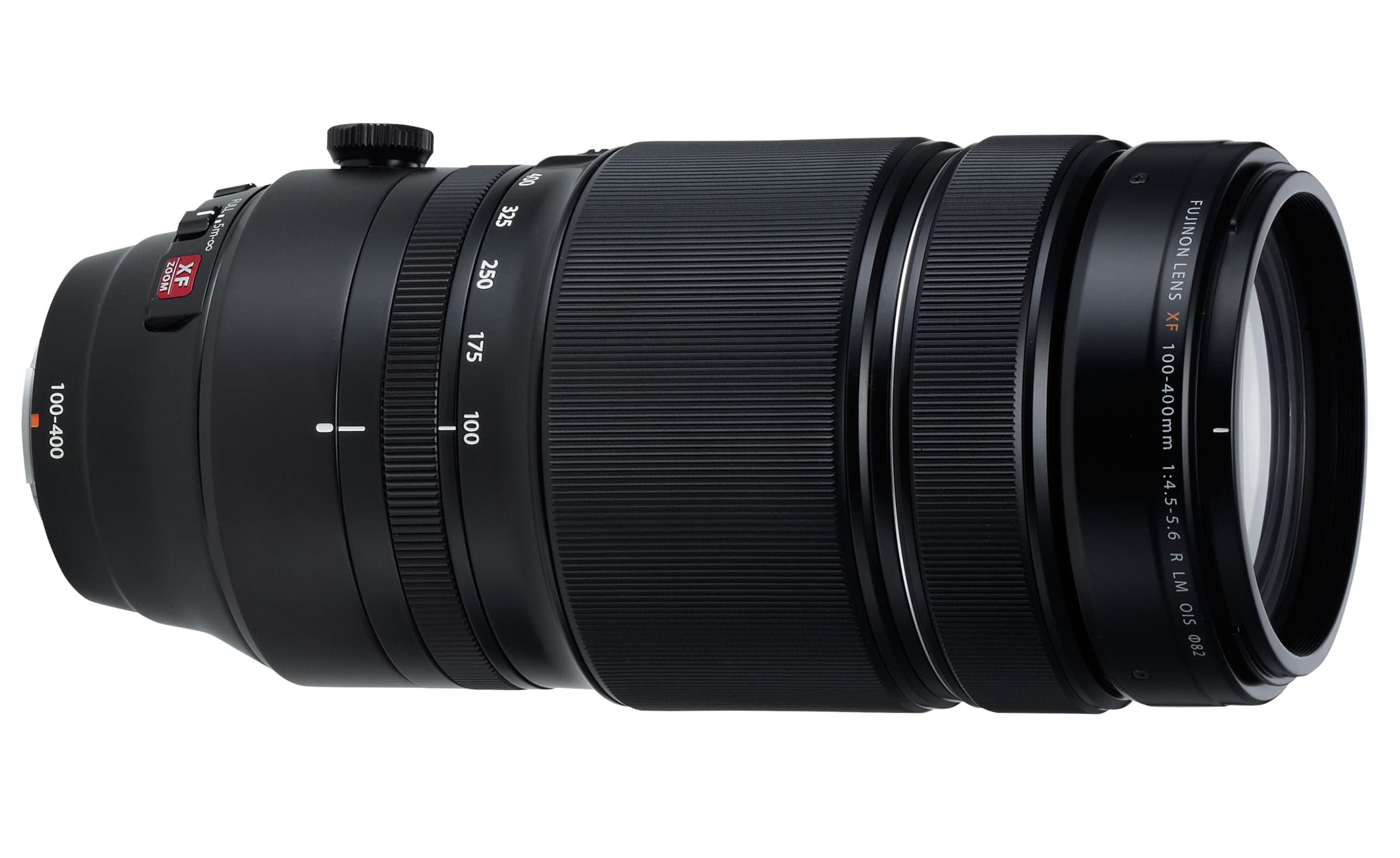 The XF 100-400mm F4.5-5.6 R LM OIS WR (£1,599) reaches the equivalent range of 150-600mm, copes well in harsh climates thanks to its weather-sealing and returns sharp results, even at slow shutter speeds, with its highly effective 5-stop optical stabilisation.
The XF 100-400mm F4.5-5.6 R LM OIS WR (£1,599) reaches the equivalent range of 150-600mm, copes well in harsh climates thanks to its weather-sealing and returns sharp results, even at slow shutter speeds, with its highly effective 5-stop optical stabilisation.
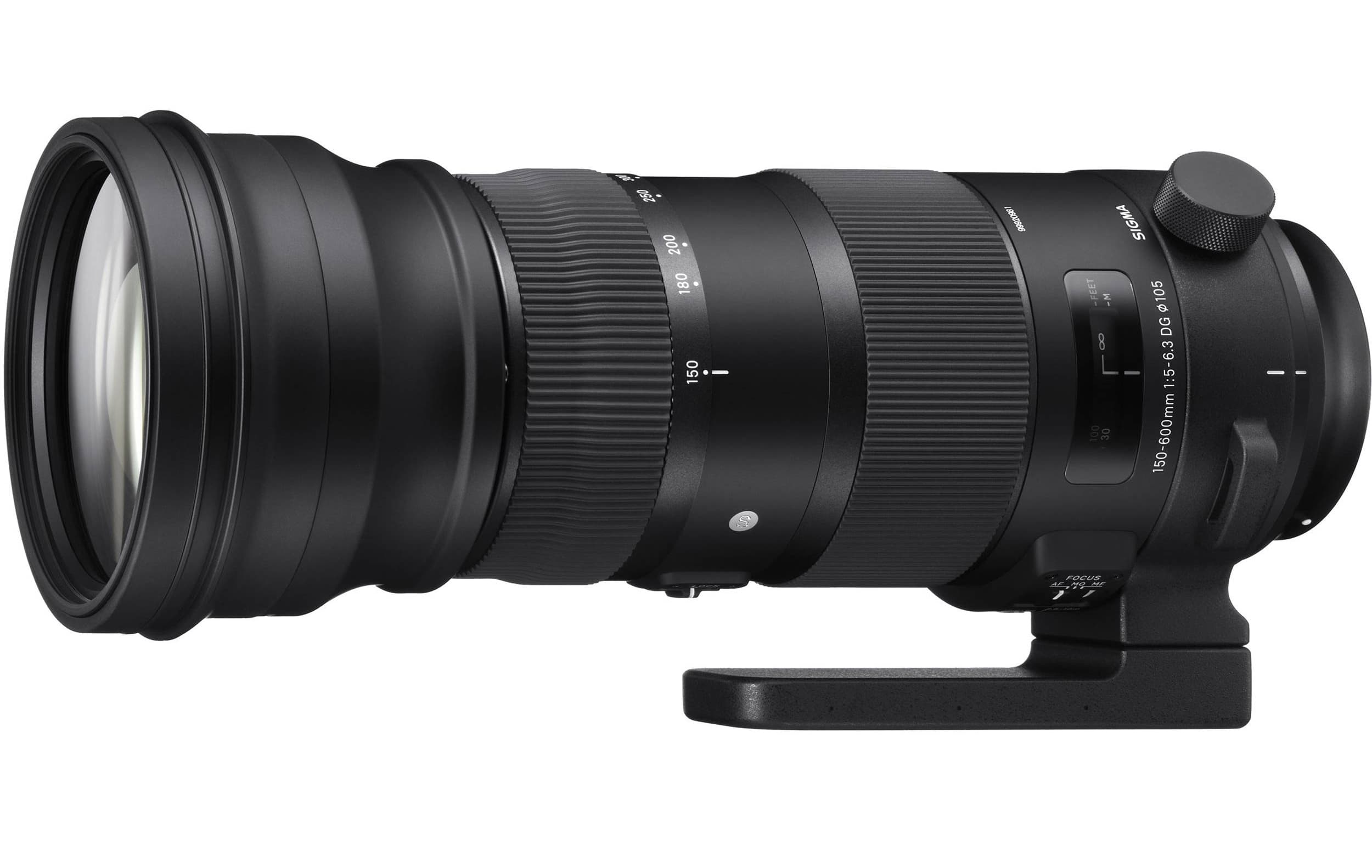
Canon and Nikon DSLR users won’t be disappointed in the slightest by the Sigma 150-600mm f/5-6.3 DG OS HSM Sport (£1,289), which for an extra £110 can be purchased with a 1.4x converter that turns it into an even more extensive 210-840mm optic on full frame.
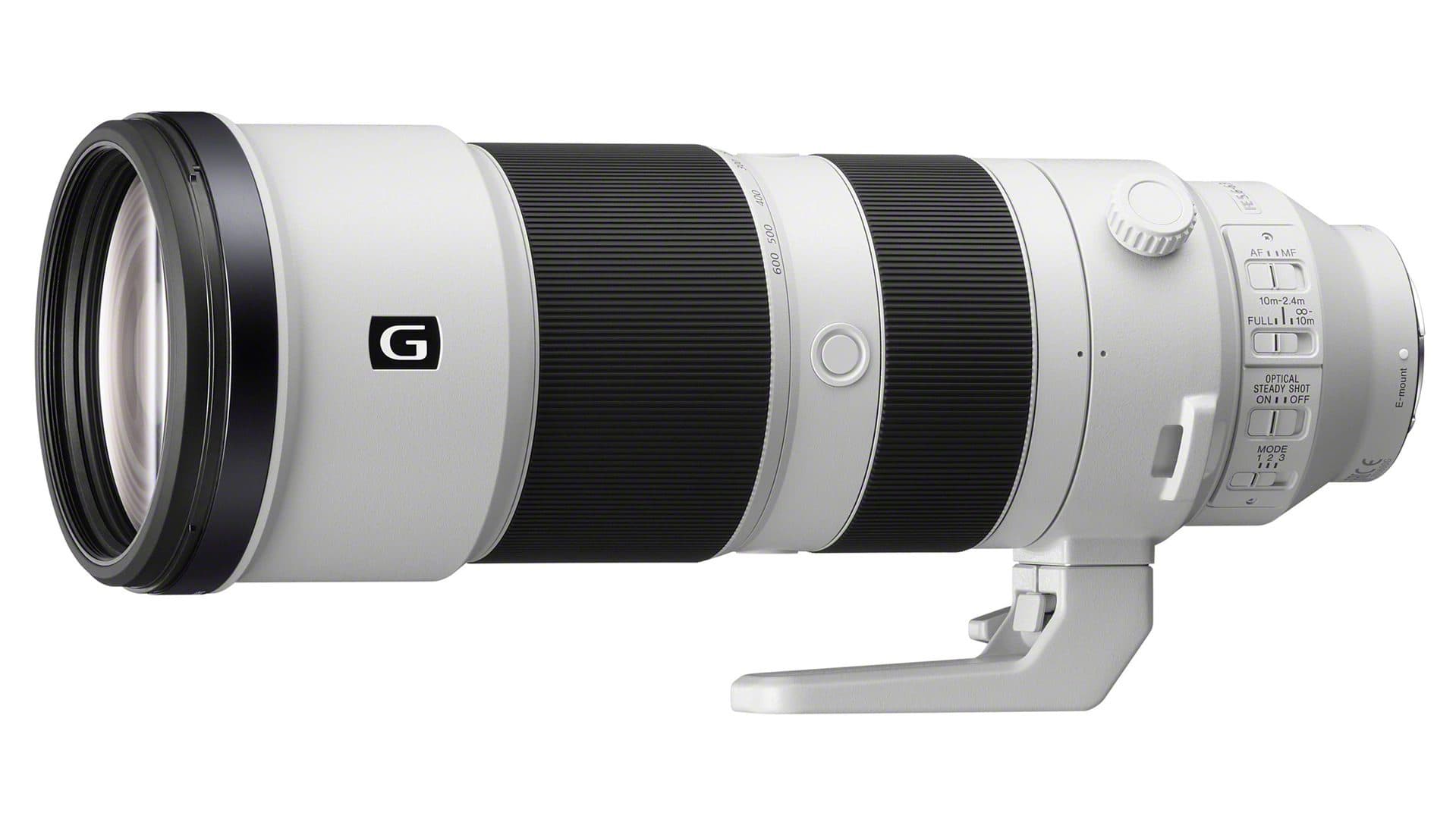
Back in 2019, Sony launched the FE 200-600mm F5.6-6.3 G OSS (£1,549) in E-mount for users of its full-frame A7-series of mirrorless cameras. Though it’s not a particularly fast lens and is best used in favourable lighting conditions, it offers sensational value for money in terms of its optical performance and has first-class build quality that’s as good as any G Master lens.
Pair it up with Sony’s 1.4x or 2x teleconverters and it takes the focal length to a maximum of 840mm at f/9 or 1200mm at f/13.
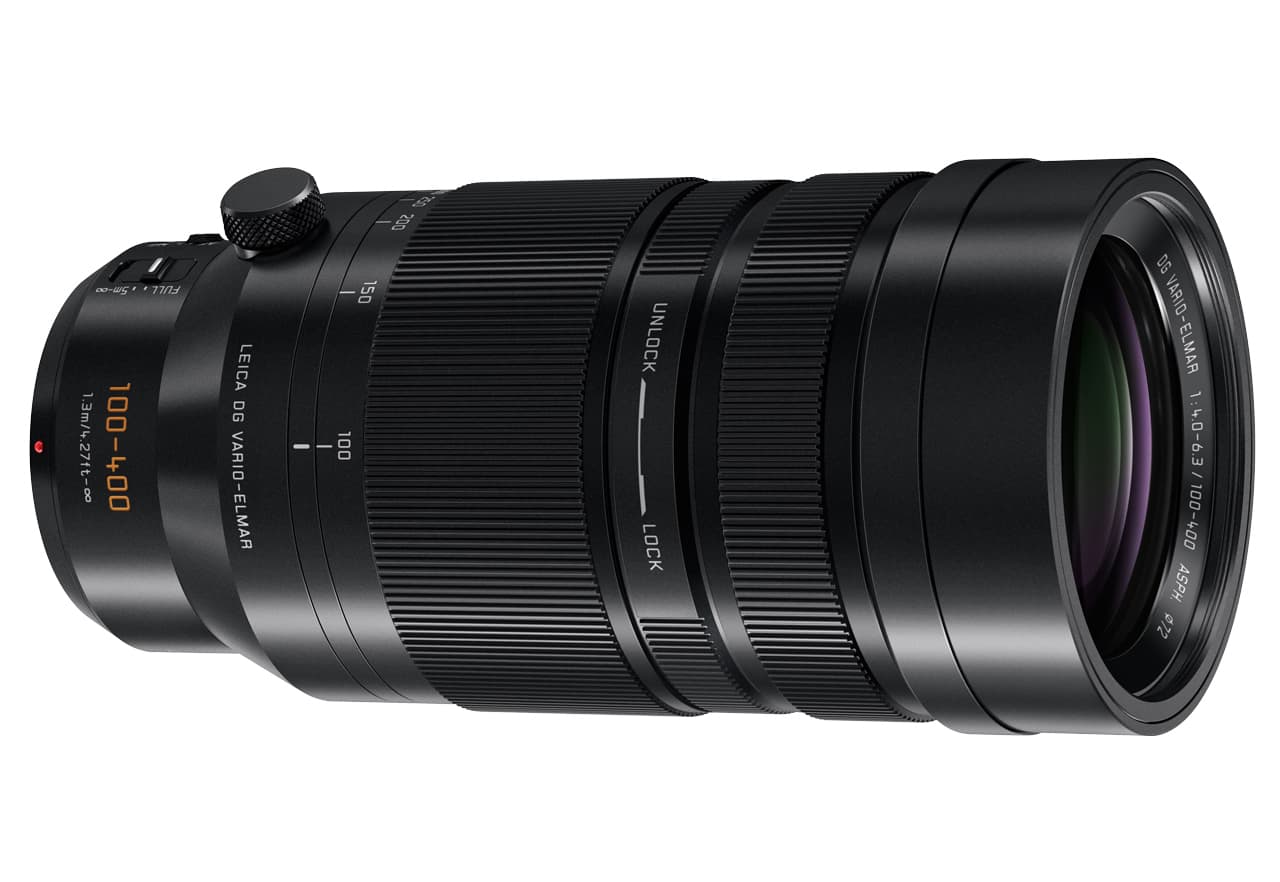 Micro Four Thirds users looking for an extensive telephoto zoom in a lightweight, portable body will find the Panasonic Leica DG Vario-Elmar 100-400mm F4-6.3 Asph Power OIS (£1,199) a perfect match. It blends fabulous optics with a robust, splashproof and dustproof construction and performs brilliantly in use.
Micro Four Thirds users looking for an extensive telephoto zoom in a lightweight, portable body will find the Panasonic Leica DG Vario-Elmar 100-400mm F4-6.3 Asph Power OIS (£1,199) a perfect match. It blends fabulous optics with a robust, splashproof and dustproof construction and performs brilliantly in use.
Premium telephoto primes
If it’s top-notch image quality you’re after, then a telephoto prime is the way to go, but be warned that they don’t come cheap.
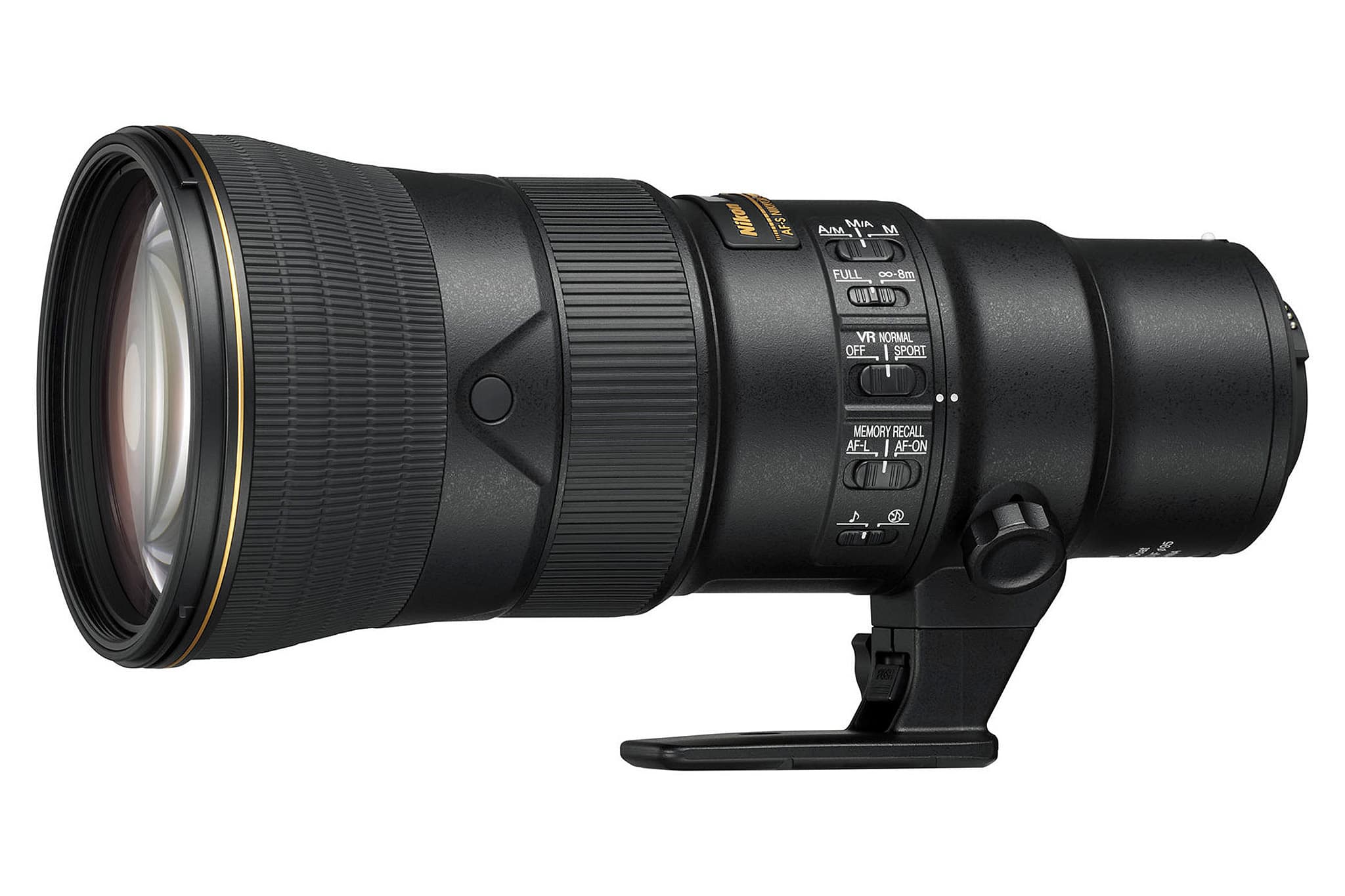
Premium primes such as the Nikon AF-S 500mm f/5.6E PF ED VR (£3,249) will make a serious dent in your bank balance, but come with cutting-edge optics, which in the case of this Nikon example, significantly reduces the size and weight of the lens to make handheld use much more manageable.
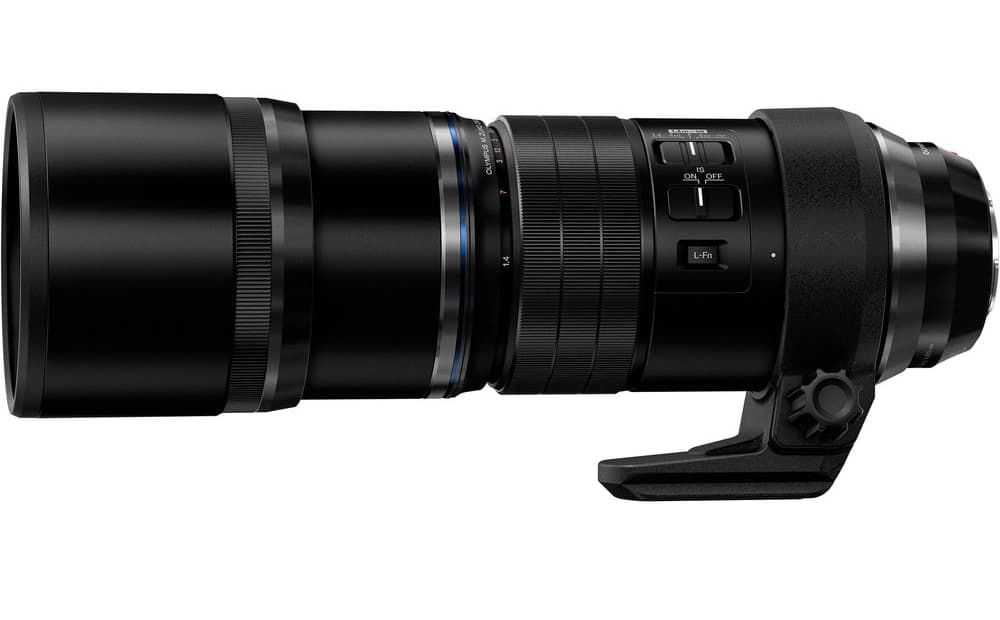 Micro Four Thirds users have the astonishingly impressive Olympus M.Zuiko Digital ED 300mm f/4 IS PRO (£2,099) that’s equivalent to 600mm.
Micro Four Thirds users have the astonishingly impressive Olympus M.Zuiko Digital ED 300mm f/4 IS PRO (£2,099) that’s equivalent to 600mm.
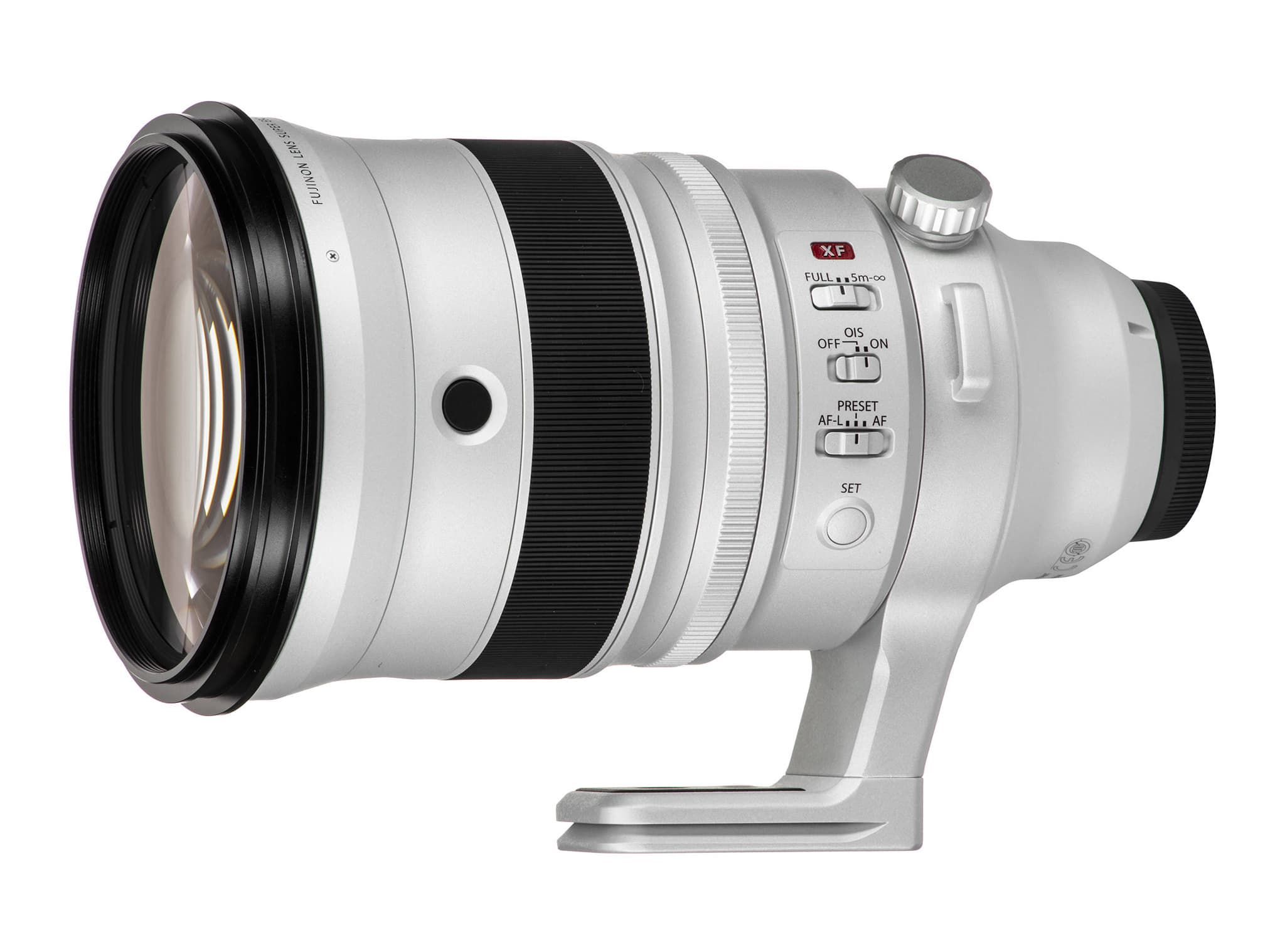
Meanwhile Fujifilm users who don’t require such a long focal length have the stunning Fujinon XF 200mm F2 R LM OIS WR (£5,399) that turns into a 420mm equivalent prime with the supplied 1.4x teleconverter.
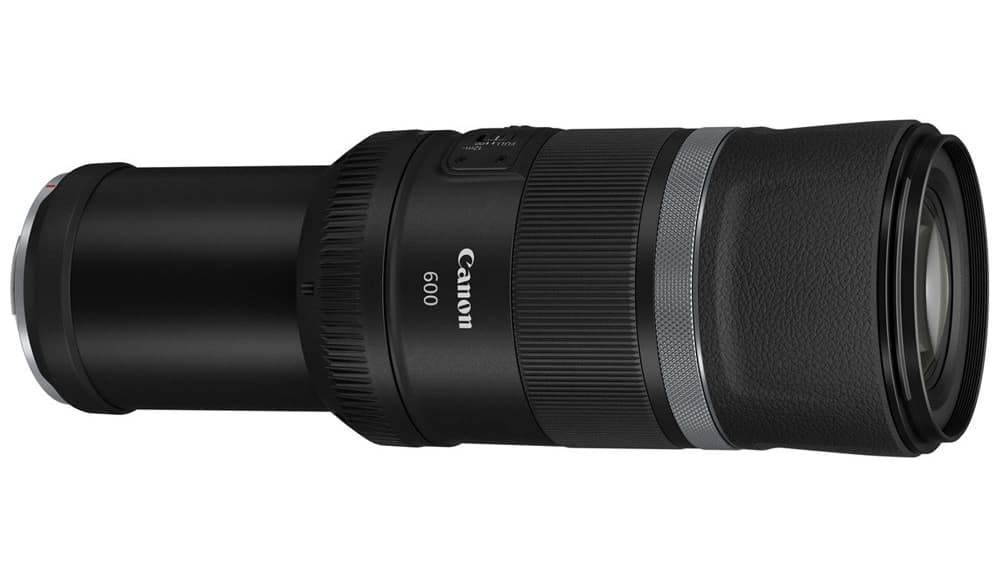
Canon EOS R users after a long telephoto prime at a very appealing price will take interest in the compact RF 600mm F11 IS STM (£749) and RF 800mm F11 IS STM (£979). These optics are great for handheld shooting and are extremely compact thanks to their retractable designs, however their slow fixed apertures do ask a lot of the sensor in overcast conditions where you’ll be forced to raise the sensitivity high to achieve fast-enough shutter speeds.
More reading
Get better nature shots this spring
To read more articles like this one subscribe to our print magazine today. You’ll save money every week and enjoy having each issue delivered to your door! Click here

